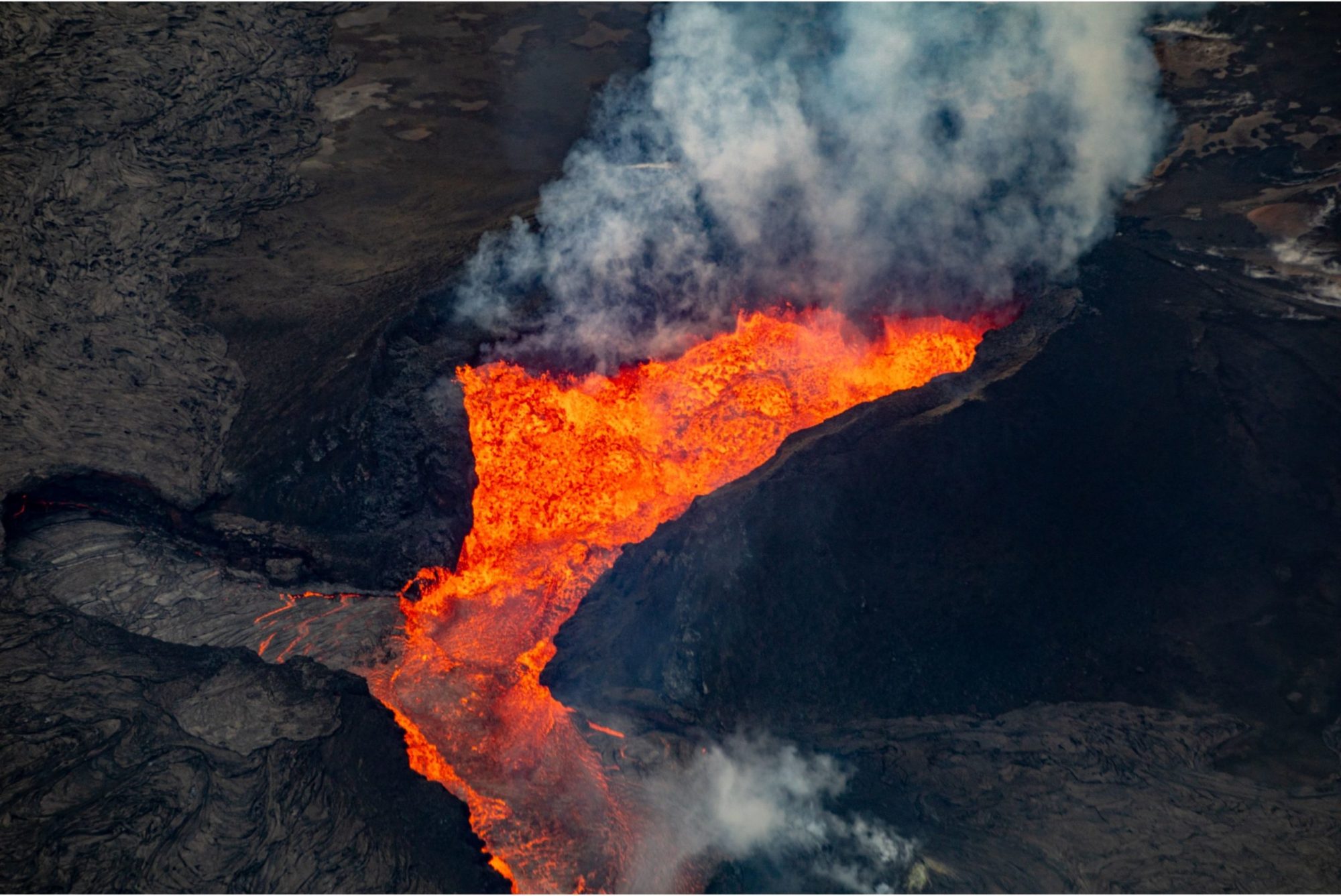Kilauea is Erupting 2021

Geologists and adventure seekers alike are excited to learn that the active volcano Kilauea is erupting. Since September of 2021, this shield volcano has been spurting lava from one vent in Halemaʻumaʻu Crater. Kilauea is a volcano on the Big Island of Hawaii. Let’s talk about the best places to view this earth shaking event, and some of the hazards to keep in mind along the way.
Kilauea is Erupting: How to See it?
As the most active volcano in the world, Kilauea is one of the top spots to see lava spew from the earth. For those who want to see lava, Keanakakoi Overlook is the best place to view actual lava coming from the crater. This overlook, as well as other viewing spots, are located at Hawaii Volcanoes National Park.
Visitors can spot billowing ash from many other park locations, including Waldron Ledge, Steaming Bluff, and Kilauea Overlook. All of these viewing areas are along Crater Rim Trail.
These awe inspiring sights may draw a number of visitors, so park officials suggest wearing a mask (get one on Amazon) and paying close attention to trail conditions. Nighttime viewing is more likely to produce a red hue coming from the lava-filled crater.
Additionally, remember that this portion of Kilauea is situated at over 4,000 feet, which brings cold temperatures. Onlookers should remember to dress warmly and bring proper footwear, snacks, and water to be present while Kilauea is erupting.
Volcano Watching and Avoiding Hazards
The most important thing for hikers to keep in mind while Kilauea is erupting is to stay out of closed areas of the park. Do not hike near the active crater or step out of marked pathways. Ground stability can change and cliff walls can collapse, so safety is paramount.
Additionally, visitors should follow park official announcements to ensure avoid exposure to vog (volcanic fog) or falling Pele’s hair, which can cause airborne skin or eye irritation.
Will the 2021 Kilauea Eruption Harm Local Communities?
At this time, scientists do not believe that the current eruption on Kilauea will spread beyond Hawaii Volcanoes National Park. Unlike the 2018 explosion, no houses should be harmed by this current activity. Residents should stay aware and listen to learn if toxic vog will spread to the community.
The 2021 eruption is expected to draw many thousands of visitors to the national park. While this influx may crowd roads and bring tourism dollars, it could also spread COVID-19. Residents and travelers have been advised to follow health department guidelines in the midst of the coronavirus pandemic.
